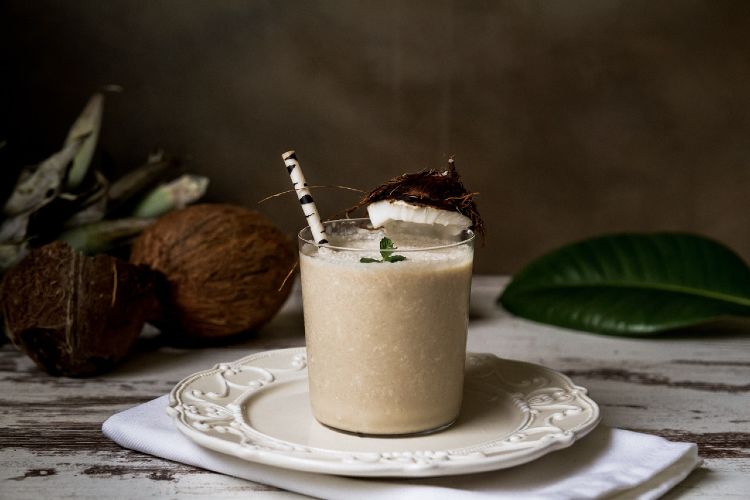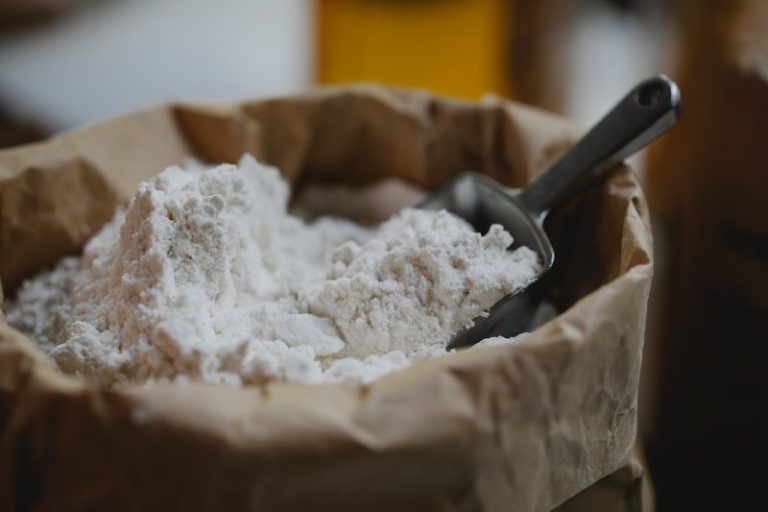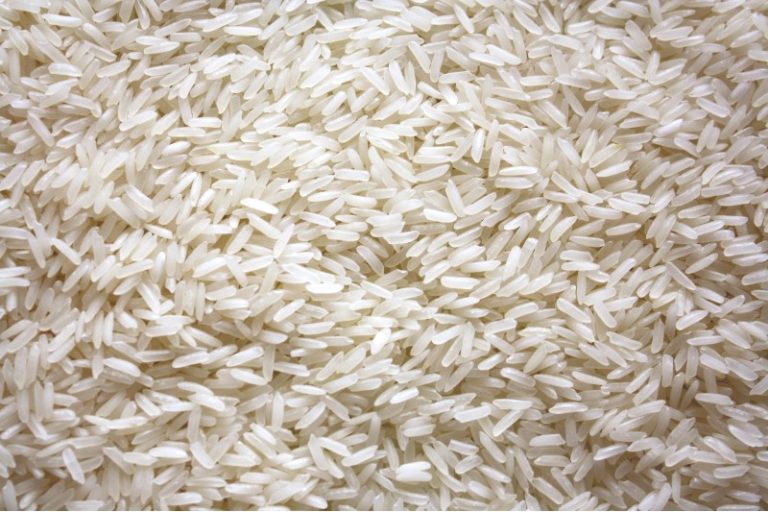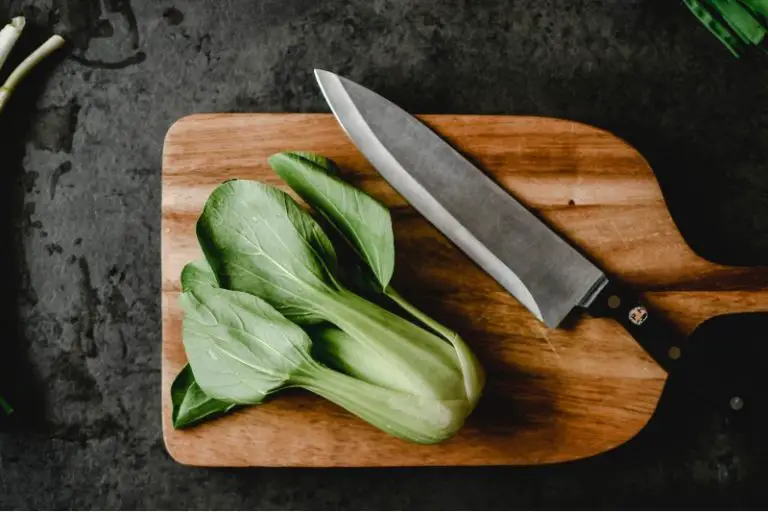The Food and Drink Futures Forum at The Future Laboratory
The Future Laboratory is one of the world’s leading trend forecasting, bespoke research and brand innovation consultancies. Its 50 strong teams analyse no less than 14 different industrial sectors, and through statistical analysis, branding strategy, and trend research they provide up-to-the-minute advice to FT top 100 companies and beyond. Its division LSN Global (Lifestyle News Network) is the editorial arm of The Future Laboratory, and it compiles reports, blogs and reviews with all the information and expertise garnered throughout the research done by the analysts at The Future Laboratory.
The company’s headquarters is located in a beautiful Georgian terraced house in Elder Street, a stone’s throw from bustling Spitalfield’s Market. I went along to their Food and Drink Futures conference to find out from the team exactly what the future holds for the food and drinks industry, and what trends producers, growers, writers, PR agents, buyers and sellers within the industry should be looking out for.
Guests and clients enter through its tiny wooden doorway, are led by lab-coated assistants through a series of purple velvet curtains, and like Alice in Wonderland, enter a magical kingdom: this conference is designed as a multi-sensory experience as well as a didactic offering, with your sense of vision, taste, touch, smell and hearing challenged, surprised, and delighted at every turn.
You see a scaffolding elevation of planks covered in buckets, containers, vases, pots and planters filled with vegetables, herbs and flowers. There is a table of glycerine coated “beyond their sell by date” treats made by food artist and designer Dhanyapat Sajjalaksana, that make you stop and re-think food waste; a table of foraged foods, replete with snails collected by gardener Nigel Marlow, teach you about self-sufficiency and bio-diversity; a Sweet Shoppe exhibition, designed by food designer Andrew Stellano, shows us, through all our senses, the complex and intricate future of the retail industry. A dining room laid out with food and drinks for clients and participants to meet, greet and swap ideas and contacts acts as the central point for comparing and contrasting ideas and what we have learned.
When the forum begins, the guests are all seated in a large auditorium, in front of a white wall onto which are projected a series of slideshows that depict the report under discussion. A 386 page analysis is distilled in a series of seven 30 minute talks as senior representatives, directors and managers of leading food retailers, advertising agencies, food brands and drinks producers sit attentively, scribbling in notebooks or tapping on iPads.
James Wallman, editor at LSN Global, showed us the future in statistics: the world population is set to rise from 7 billion in 2011 to 9.3 billion in 2050, food prices are set to rise unrelentingly, the global drinks market will be worth $1.9 trillion in 2015 and there will be a great rise in the consumption of wine, gluten-free foods, low salt foods and functional foods, that offer consumers medicinal and health benefits whilst being nutritious and delicious.
Today’s “Millenials” are called “New Normal Consumers”, living post the financial crash. They are “vasstige” shoppers, who pursue value and prestige in their purchases, following premium brands, healthy and combination foods, sustainable solutions and above all good, local provenance. A set of toolkits is given at the end of each talk to highlight what courses of action food and drink producers and retailers need to use to penetrate new market areas, increase market share or target a new customer base.
“Be natural, functional, sustainable, enable consumers to become producers, be local and premiumise wherever possible” James told us. A new era has dawned: “Consumers are making more time at home to grow their own food, cook their own meals and collect recipes as they go along. They want to shop locally, save the planet and save time: your food brand needs to meet all these demands.”
Martin Raymond, co-founder of The Food Laboratory warned us of the inexorable rise of urbanisation: this is the era of the growth of mega-cities, where city populations will rise to around 20 million, and new middle classes will emerge, with very specific aspirations and spending habits. In Brazil, Russia, India and China (BRIC) the grocery market will rise exponentially over the next decade: the Chinese alone will spend $1 trillion on food by the year 2020. All retailers and producers need to consider the prevailing consumer trends: among them will be the growth of convenient and fast consumption, revivalist recipes or the food that our forebears cooked, the rise of vodka and quality coffee consumption and the demand for holistic health food and pure water.
Chris Sanderson, the second co-founder of The Food Laboratory, interviewed the celebrity chef and restaurateur Tom Aikens and together they discussed the rise of simple-chic dining, woodland-Scandinavian cookery and recessionary-fuss free, provenance driven food. Tom is setting up a new restaurant and the trends that are guiding him are: simplicity, affordability, enjoyment and fun. He believes that customers now look for an “overall” dining experience, and although good food is essential in the formula, it does not suffice if the service is stuffy or overbearing. He cites Istanbul as the destination of choice for foodies: “I found the food there amazing, there is such a high standard in the mid-ranges, cooking is old-style, there is very much a culture of good cusine and the service is also of a very high standard.”
Head of the Innovation team, Tom Savigar, led us through the fascinating maze of food and drink consumer tribes, then delineating marketing toolkits that can be used to cater for specific requirements.
“Rurbanites” make and grow their own food, buy only what they can carry, do not trust industrial food and seek convivial, communal experiences.
“DIY Foodies” want to meet the maker, understand artisanal skill-sets, are pro-amateurs, slow foodies who revive retro cooking, make-their-own preserves and drinks from harvest gluts and share knowledge.
“New Gents” look to the past for their food and drink experiences and are very interested in antiquated packaging, stories behind food, education in time-honoured practises and “make do and mend”.
It was very interesting to bring this platform of knowledge and juxtapose it against James Wallman’s next lecture on trends because, by identifying the tribes we are then able to isolate the trend that concurs with that specific grouping. Revivalism, street food, foraging, naturalism, artisanal skills and social media will feature heavily in tomorrow’s landscape of gastronomy, culture, shopping and media.
Even more interesting was Jo Tulej’s talk on the design trends, as packaging, labelling, fonts, colours and textures will play an ever more dominant role in the future of food and drink retailing. All consumers are suffocated with “stuff, information, messages and promotions”, and they are going to sift through the overload in order to identify those key brands that speak to their vision, aesthetic and philosophy. Warmth, tactility, authenticity, purity, simplicity and comfort are all key issues.
There was also a very interesting dialogue between Chris Sanderson and Nuno Mendes, the Portuguese chef and restaurateur. Nuno has managed to straddle both sides of the culinary spectrum in the East End of London: fine dining at Viajante and home cooking at The Loft Project Supper Club. He told us how he always dreamed to set up a private dining room in his own home, and he set up The Loft Project as a stand- alone entity with its own repertoire and soul, quite separate from Viajante, which is a restaurant housed within a hotel.
He predicts that the future of food will be: supper clubs, affordable, local food delivered simply in unfussy, comfortable settings.
The talks at The Food Laboratory are interspersed with tea and coffee breaks where Claire Ptak’s whoopie pies and cupcakes, baked at Violet Cakes bakery in Dalston, can be enjoyed while you look through all the installations and exhibitions. Mark Jenner, master cocktail maker at The Coburg Bar at The Connaught, showed us all how to master mixology, Steve Taylor, manager at Mason and Taylor micro-brewery told us the secrets of artisanal beer production, while the editors, account managers and directors of The Future Laboratory mingled round the audience to answer questions, hand out brochures and make introductions between peers within the same sectors, as trays of Laurnet-Perrier Champagne were carried round to help the flow of conversation.
By the time you leave The Future Laboratory, stepping from the warm shelter of the indoor garden into the bright light of Elder Street, I can assure you your head will be buzzing with new terminology, ideas, concepts and visions. This is an unmissable event for anyone interested in the ever-changing food and drink industry and the fashions and fragmentations that operate within it.
To make sure that you stay updated with all The Future Laboratory’s reports and forums go their website at www.thefuturelaboratory.com, e-mail them at [email protected], or follow the teams on Twitter @TheFutureLab and @LSNglobal



